#african tribe
Explore tagged Tumblr posts
Text
The Zaouli dance: A mesmerizing blend of rhythm, tradition, and artistry. More than a performance, it’s a cultural heartbeat of the Guro people of Côte d’Ivoire. 🌍✨
#africa#african traditions#african dance#black people#black culture#african culture#african tribe#black history#blacklivesmatter#music#tribal dance#dancing#black is beautiful#black excellence#dance#The Zaouli dance: A mesmerizing blend of rhythm#tradition#and artistry. More than a performance#it’s a cultural heartbeat of the Guro people of Côte d’Ivoire. 🌍✨#Reposted: @josh.animals#panafrikan#blacktraveljourney#africanhistory#blacktravel#everydayafrica#africancreatives#representationmatters#Moyoafrika#reminds me of tap dancing#black lives matter
1K notes
·
View notes
Text

Black History Icons | The Kru People
African Tribe That Refused to Be Captured into Enslavement...Kru People.
The Kru people are an African tribe of coastal southeastern Liberia and neighboring Cote d’Ivoire (Ivory Coast). The tribe is known for sailing. Many of the Kru people also migrated to neighboring areas such as Sierra Leone to look for work as fishermen and dockworkers. The Kru along with the Grebo resisted Maryland settlers’ efforts to control their trade. They were also infamous amongst early European enslavers as being especially opposed to capture.
There were about 24 subgroups with dialectal and cultural differences. Their political organization was traditionally un-centralized, each subgroup inhabiting a number of autonomous towns. It was believed that the Kru people were viewed as less valuable during the Transatlantic slave trafficking because they would not allow themselves to be captured by Europeans they would often take their own lives first, or fight viciously to avoid being taken away.
The Kru people engaged in migrant labor, seafaring, and migrant working. They settled as far east as Cameroon and west as Freetown and Cape Verde. They had exceptional canoeing skills in treacherous surf waters and were well-known for it by the 1700s when they served on British merchant and warships. Although the natives were in many respects similar in type and tribe, every village was an independent state; there was also very little intercommunication.
The tribe is one of the many ethnic groups in Liberia, they comprise about 7 percent of the population. It is also one of the main languages spoken. By the late 20th century there were probably more Kru outside tribal territory than within. The largest single Kru community in the late 20th century was in Monrovia. Notable ethnic Krus include former soccer star George Weah and Christian Evangelist Samuel Morris who was originally known as Kaboo. Liberian President Ellen Johnson Sirleaf is of mixed Kru, Gola, and German ancestry
#black history#blacklivesmatter#black lives matter#africa#african tribe#kru people#african history#liberia#black people#black liberation#black power
422 notes
·
View notes
Text
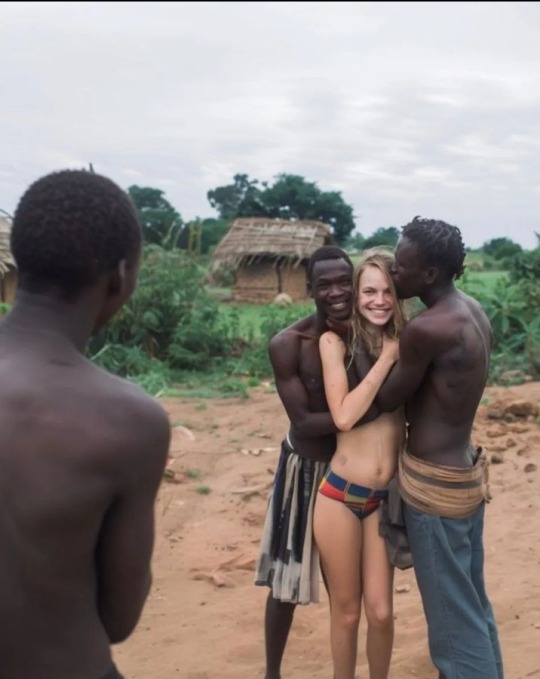
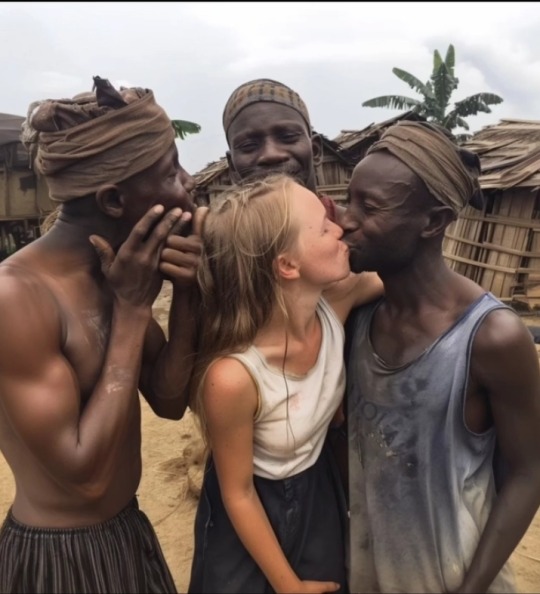
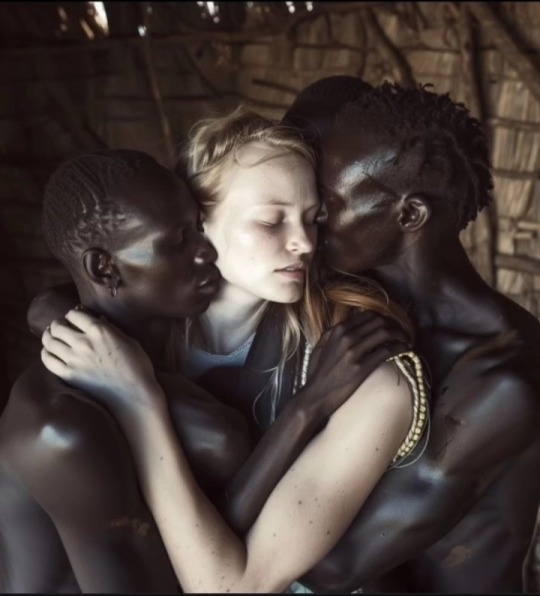
#african tribe#interracialtribe#interracialaesthetic#africanrefugees#refugees welcome#blacklivesmatter
713 notes
·
View notes
Text

794 notes
·
View notes
Text

#black people#black#black history#black tumblr#blacktumblr#pan africanism#black conscious#africa#black power#black empowering#african tribe#black culture#african girl#black girl
135 notes
·
View notes
Text

222 notes
·
View notes
Text
West African countries such as Liberia, Senegal and Guinea-Bissau, communities have designated biodiversity hotspots, including forests and lagoons, as sacred. This system has served as a conservation tool respected by these communities for generations. The community's existence is intricately linked to the well-being and survival of the biodiversity and natural resources surrounding it.
The Western African method is to reinforce communal stewardship of the land, rather than ownership. The system starkly contrasts with some current, non-Indigenous North American methods of prohibiting humans from living in certain protected areas. Placing a dollar value on conserving these areas risks destroying the very belief system and way of thinking that have ensured their survival in the first place. Their value of biodiversity cannot be translated into monetary terms.
#biodiversity#west africa#environmentalism#habitat preservation#african#africa#biology#culture#liberia#senegal#guinea bissau#traditional culture#african tribe#conservation#sacred land#logging company#protected land
104 notes
·
View notes
Text

Other Kongo influences at Congo Square were documented by folklorist Puckett.
African Americans poured libations at the four corners of Congo Square at midnight during a dark moon for a Hoodoo ritual.

#congo square#hoodoo#libations#congo#african traditional religions#african#afrakan#kemetic dreams#africans#brownskin#afrakans#brown skin#african culture#afrakan spirituality#african tribe#african travel
24 notes
·
View notes
Text
Berber Tattooing: Exploring Amazigh Tattoo Culture and Moroccan Women’s Face Tattoos (Book)
Berber tattoos, also referred to as Amazigh tattoos, serve as a vibrant reflection of the diverse cultural heritage of North Africa's indigenous Berber population. These meticulously crafted and captivating tattoos transcend mere skin-deep artistry; they function as vessels embodying the rich tapestry of heritage, social standing, and personal narratives seamlessly interwoven into the very fabric of Berber identity.
With a historical lineage stretching back millennia, the Berber people have fostered a profound connection with the natural world. Within the realm of Berber tattoos, this deep affinity manifests through a striking array of symbolic depictions, each laden with profound meanings that resonate with life, belief systems, and pivotal moments.
Nature assumes a central role in the realm of Berber tattoos, where symbols bear the imprint of animals, plants, and celestial bodies. The towering palm tree, symbolizing strength, growth, and resilience, serves as a potent representation of life and prosperity deeply ingrained in Berber culture. Likewise, the snake, embodying a guardian spirit, symbolizes wisdom and healing, acting as a protective force against malevolent influences and ushering in good fortune.

Amazon Link: a.co/d/gRSF3Jy
Drawing from ancient Egyptian iconography, the Berber people adopted the Eye of Horus, a potent symbol believed to ward off evil and usher in good luck. Equally significant is the Hand of Fatima, an open palm that serves as a protective talisman against the evil eye and negative energies.
The Amazigh Cross, often referred to as the “Agadez Cross,” serves as a compass of sorts, offering guidance and orientation during travels and life’s journeys. In the vibrant world of Berber tattoos, women play a central role, embodying themes of fertility, femininity, and the enduring legacy of the tribe.
Berber tattoos are not mere embellishments; they are markers of life’s milestones and rites of passage. For young Berber girls, their first tattoos, often received during puberty, symbolize the transition into womanhood and eligibility for marriage. These tattoos bear not only ink but the weight of cultural identity and pride.
The complexity and number of tattoos worn can also signify an individual’s standing within the community. Leaders and elders, with their wealth of wisdom and life experiences, may display more intricate and elaborate tattoos.
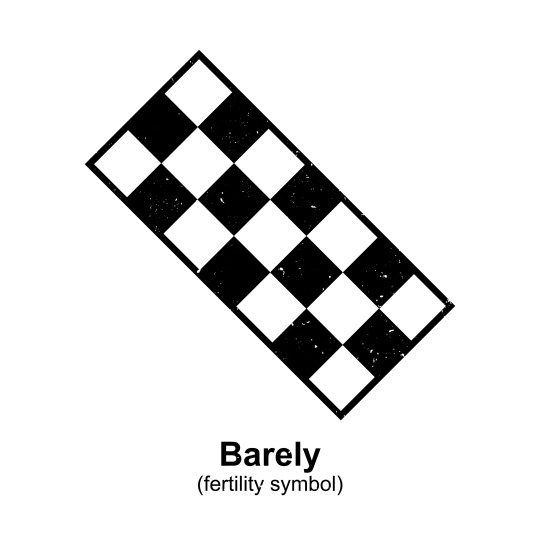

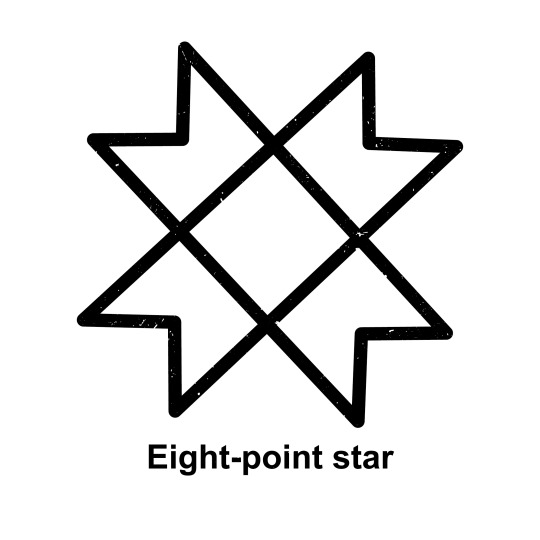

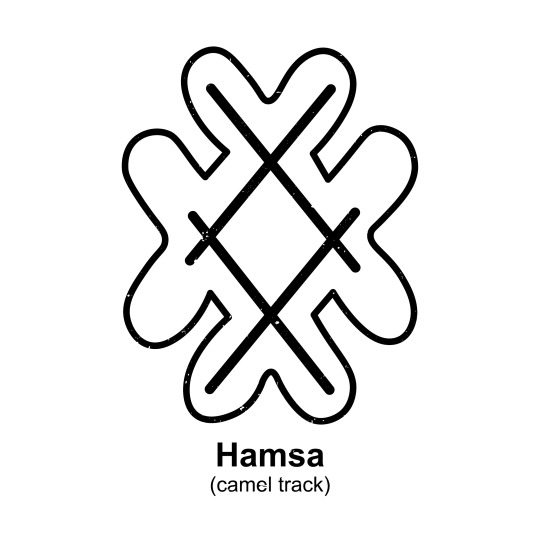

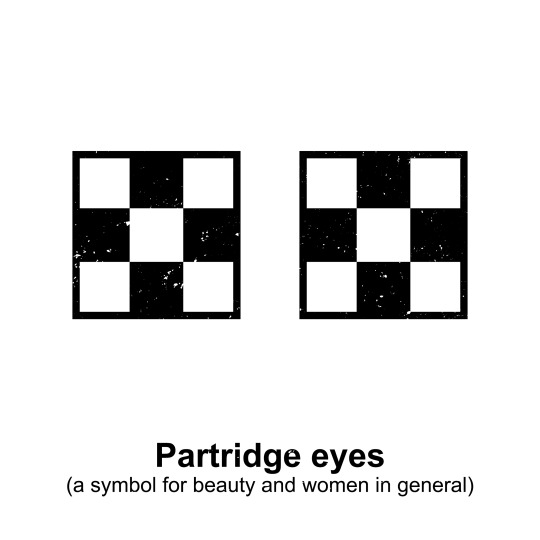

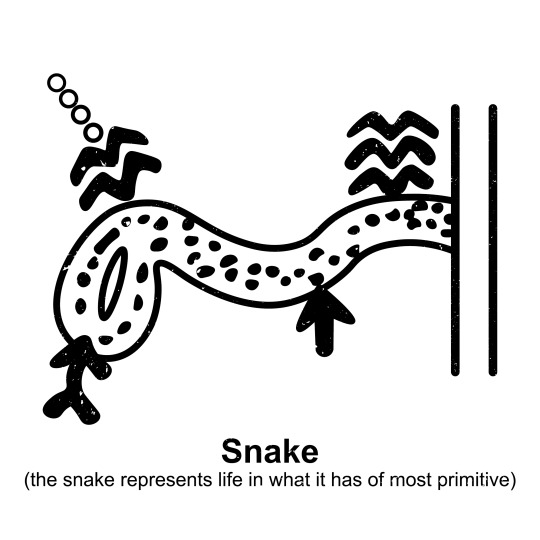
From “Berber Tattooing: Exploring Amazigh Tattoo Culture and Moroccan Women’s Face Tattoos”, illustrated by Mohammed Jiari
In recent times, there has been a renaissance of interest in Berber tattoos. Efforts to preserve and reinvigorate this ancient art form have borne fruit. Modern-day artists and tattoo enthusiasts explore the depths of Berber symbolism, infusing tradition with innovation to create contemporary designs that pay homage to the past.
This resurgence is not only about the art itself but also about nurturing cultural pride and identity among the Berber community. These timeless designs remain a vibrant and integral part of Berber heritage, ensuring that the symbolic meanings of Berber tattoos continue to thrive, enchanting and resonating with generations to come.



#africa#amazigh#berber#morocco#tattoo#tattoos#art#berber rug#Berber tattooing#maroc#marocco#berber tattoos#berber symbols#tattooing#kabyle#tribal tattoo#tribal art#african culture#african tribe#north africa#Berber Tattooing: in Morocco's Middle Atlas
33 notes
·
View notes
Text

#namibia#himba#spitzkoppe#indigenous#indigenous people#hut#nomadic#nomadic people#himba tribe#culture#travels#desert#editorial photography#africa#african#african people#african tribe#portrait#tribal#tribal people#tribe#portrait photography#people#warm#mood#namibian
3 notes
·
View notes
Text

#culture#african culture#wodaabe tribe#african tribe#niger#nigeria#cameroon#chad#central african republic
28 notes
·
View notes
Text




photos of the Suri Tribe in Ethiopias South West near Tulgit and Kibish, by Jayne McLean
#legend of zelda#zelda#majoras mask#skull kid#africa#ethiopia#floral#fashion#african#african beauty#african tribe#plants#award winning#photography
19 notes
·
View notes
Text
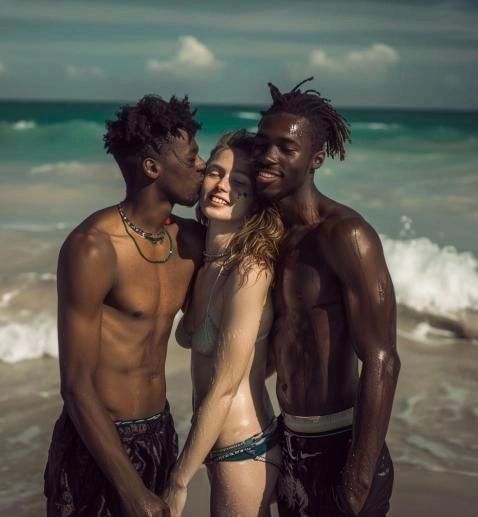
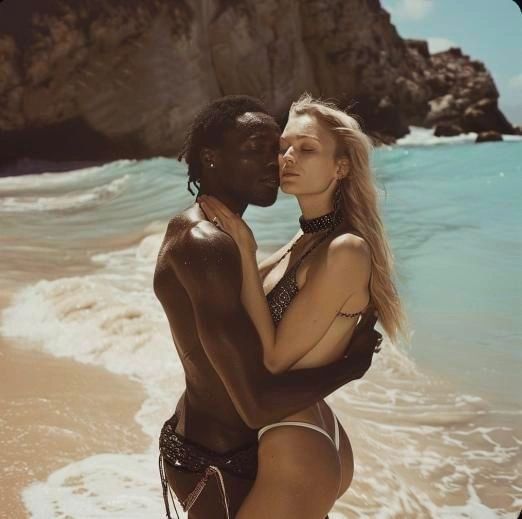
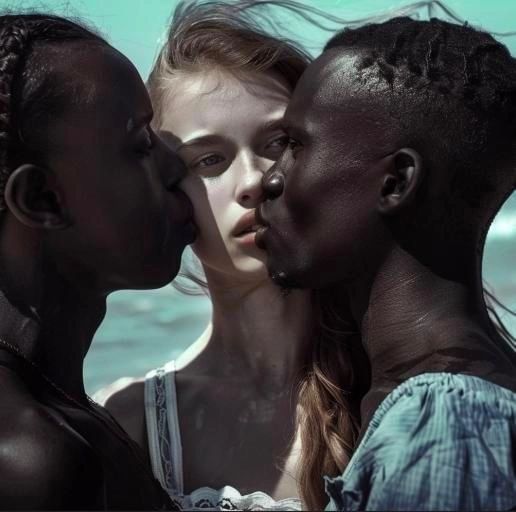
African refugees welcome!
#loveofcontrasts#african tribe#interracialart#interracialaesthetic#africanrefugees#refugees welcome#blacklivesmatter#africanrefugeeswelcome
187 notes
·
View notes
Text

11 notes
·
View notes
Text

#black people#black#black history#black tumblr#blacktumblr#pan africanism#black conscious#africa#black power#black empowering#african tribe#african culture#black culture
81 notes
·
View notes
Text




36 notes
·
View notes